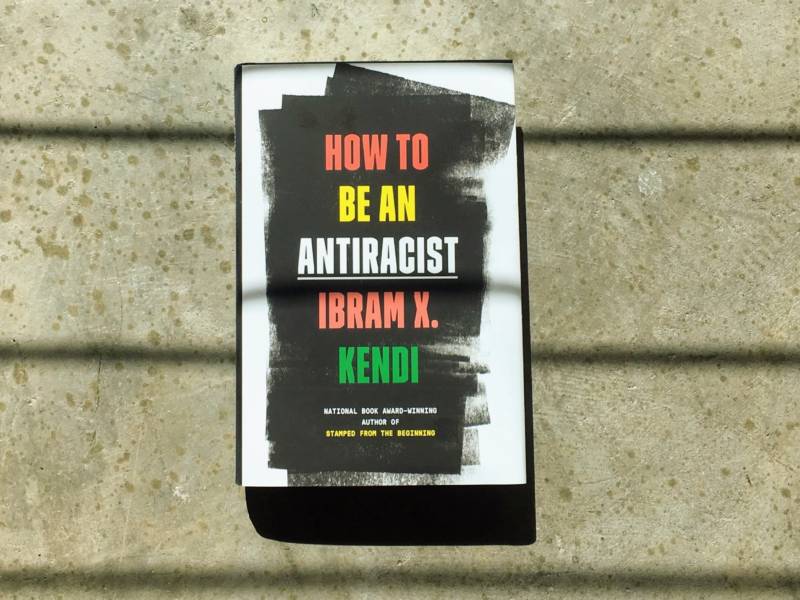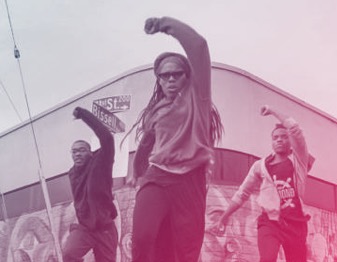The book’s structure also exemplifies a commitment to clarity for the reader. Appreciating the impossibility of effectively confronting a problem that isn’t understood, Kendi begins each chapter, save the final two, with definitions. As he notes “definitions anchor us to principles. This is not a light point: If we don’t do the basic work of defining the kind of people we want to be in language that is stable and consistent, we can’t work toward stable, consistent goals.”
Clear definitions do not mean universally agreed upon ones, however. I consider myself to be well-versed in the language and concepts of antiracist theory, and I found myself resisting Kendi’s perspective on more than one occasion. Yet in every case, either his unassailable reasoning, helpful historical context, illuminating data, or some combination of the above won me over.
One of Kendi’s first aims, and one likely to invite argument, is to “return the word ‘racist’ itself back to its proper usage.” The term:
“…is not the equivalent of a slur. It is descriptive, and the only way to undo racism is to consistently identify and describe it—and then dismantle it. The attempt to turn this usefully descriptive term into an almost unusable slur is, of course, designed to do the opposite: to freeze us into inaction.”
Even the central premise of the book—that there are two ways of being in the world: racist or antiracist—may be difficult to conceive for those unwilling to relinquish the “self-definition of ‘not racist.'” That’s because Kendi explains that “not racist” isn’t really a thing. Kendi argues that “not racist” is a term that “signifies neutrality…[b]ut there is no neutrality in the racism struggle. The opposite of ‘racist’ isn’t ‘not racist.’ It is ‘antiracist.’ … One either endorses the idea of a racial hierarchy as a racist or racial equality as an antiracist.”
Those who commit to striving to be the latter will find ample resources in this book. Kendi examines how racism and antiracism have played out historically and continues to manifest in the realms of biology, class, culture, space, behavior, color, ethnicity, and more. He also makes clear that antiracism “means standing ready to fight racism’s intersections with other bigotries,” from gender to gender identity to sexuality and beyond. Along the way, he explores everything from the history of racial categories to segregationist- and assimilationist-based racism to the OJ Simpson verdict, Chris Rock, and how race impacted the presidential election in 2000.
Throughout, while Kendi makes it plain that no race is superior to any other, he does identify a supremacy among strategies, eviscerating the idea of changing hearts and minds as the primary means of eradicating racism. Paraphrasing Assata Shakur, Kendi questions whether any “group in history has gained their freedom through appealing to the moral conscience of their oppressors.” He pushes us to instead focus on policy, because while other approaches may benefit individuals, “only policy change helps groups.”
Kendi’s book may reveal how to join him on his “lifelong mission to be antiracist,” but he doesn’t suggest the path is an easy one. Maintaining a commitment to seeing the intersections of racism and other bigotries, working to build antiracist power, helping develop antiracist strategies, thinking as an antiracist—all of these efforts are continuing struggles for Kendi. After all, he points out, “Racist ideas have defined our society since its beginning and can feel so natural and obvious as to be banal…. To be an antiracist is a radical choice in the face of this history, requiring radical reorientation of our consciousness.”
The effort may be daunting, but it’s one we must take on if we are to dismantle the policies that continue to produce racially inequitable results in every measure of health, wealth, and well-being. Thankfully, How to Be an Antiracist gives us a clear and compelling way to approach, as Kendi puts it in his introduction, “the basic struggle we’re all in, the struggle to be fully human and to see that others are fully human.”

9(MDAxOTAwOTE4MDEyMTkxMDAzNjczZDljZA004))

